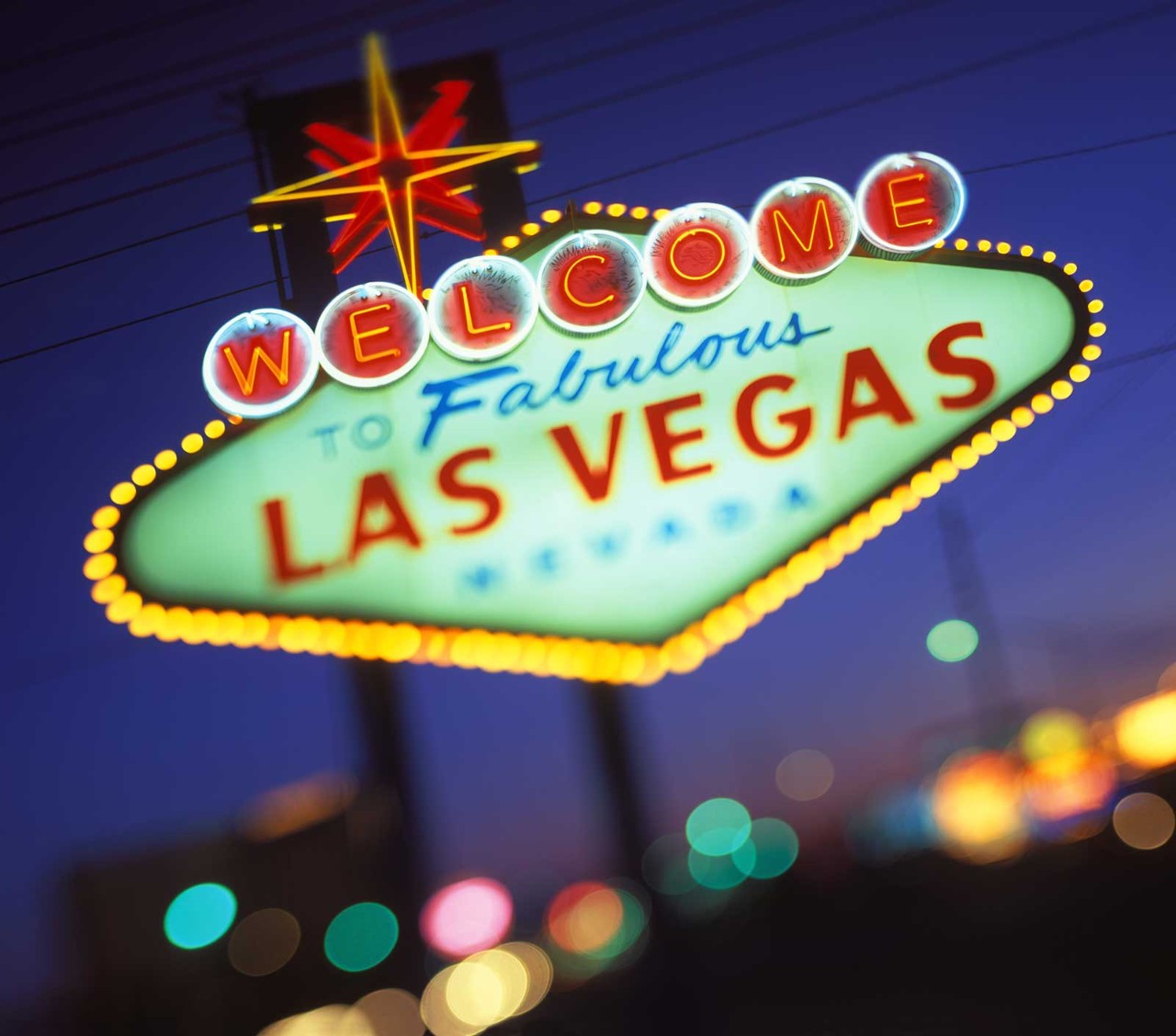
For many people around the world – though not all – the month of December marks the closing of one chapter and the opening of the next. In a range of cultures, it’s seen as an opportunity to put the past behind and look ahead to new approaches to life and living, and to new opportunities.
Here, we ask members of ACCA’s global community to describe the colourful customs that mark the turn of the year in their culture.

Nigeria
Enoch Adeyemi FCCA, regulatory reporting consultant at Aldermore Bank and co-founder of Black Professionals Scotland, UK and Europe
‘Growing up in Lagos, we’d spend New Year’s Eve in church, with a break around midnight for the countdown and fireworks. Early the following morning my family from across the country and the world would converge on my grandma’s house in neighbouring Ogun state for a full day of celebrations; everyone would be dressed up, and music filled the family home and the whole neighbourhood. It was exciting.
‘We’d buy a live ram or cow and prepare a massive family meal’
We’d buy a live ram or cow and prepare a massive family meal, which was a huge undertaking; there was usually so much food, Grandma would send us to share it with the neighbours.
‘While the Yoruba people also recognise a traditional New Year around June, it’s not widely observed by every family. For those who do celebrate it, it’s about honouring ancestors, seeking blessings and paying homage to Yoruba culture and traditions.’

Thailand
Hao Pham ACCA, SVP and group head of finance accounting, Pomelo Fashion
‘Thai New Year is celebrated in April alongside Songkran, Thailand’s famous water festival. People splash water on each other to symbolise purification and the washing away of bad luck. Foreigners love joining in with big water guns, making it a huge, playful street party.’
Scotland
Sarah Pumfrett FCCA, independent board and committee member
‘Hogmanay begins on 31 December, but before that the house has to be cleaned from top to bottom – the ashes from the fireplace cleaned out, everyone fresh bathed and all debts settled. It’s traditional to open the front and back doors at midnight to let the old year out the back and the new year in the front.
‘It’s considered good luck if the first visitor is a tall, dark man carrying a piece of coal’

‘Festivities begin when the first person enters a home after midnight. It’s considered good luck if they’re a tall, dark man carrying a piece of coal or a log for the fire. It’s essential to have a roaring fire, the firelight considered a good omen to ward off cold and evil spirits.
‘Greetings include “lang may yer lum reek” – long may your chimney smoke – which can be interpreted as long life or plentiful heating. All “first footers” are welcomed into the home for a dram (a whisky) to keep out the cold; historically, they’d “chew the fat”, now considered to be a chat that puts the world to rights but originating from the practice of cutting a slice of bacon from a pig hanging in the farm kitchen.
‘The first footing then moves from house to house, gathering people along the way, and could often end up with very large communities arriving at remote houses and farms until well into the night or following morning.
‘New Year’s morning often sees the brave doing the “loony dook” – diving into the North Sea for a quick swim. A traditional New Year’s Day meal is steak pie with mashed potatoes/neeps (turnip or swede) and seasonal vegetables.’
‘The Tamil calendar symbolises renewal, prosperity and harmony’

Malaysia
Noel Lourdes FCCA, commercial lead, School of Computer Science, Technological University Dublin
‘The Tamil New Year, also known as Puthandu, is celebrated in April. The Tamil calendar is based on the solar cycle of the Hindu calendar – symbolising renewal, prosperity and harmony. Families clean their homes, adorn doorways with colourful kolam (rice flour designs), and decorate with mango leaves.
‘The day begins with viewing auspicious items like fruits, flowers and mirrors, believed to bring good luck. Traditional prayers are offered and families prepare a feast featuring dishes that balance sweet, sour and bitter flavours, reflecting life’s different experiences. In temples, priests perform rituals, and people seek blessings for a successful year.’

Philippines
Claudia Fermazi FCCA, FP&A and commercial development manager, McCann Worldgroup
‘New Year is a big deal in the Philippines because we have the longest Christmas celebration in the world; we start on 1 September, the beginning of the ‘-ber’ months.
‘Fireworks and horns ward away any bad luck’
‘Some of the local traditions observed include a massive feast with loved ones, referred to as the media noche. Twelve different round fruits representing the shape of coins are laid out, symbolic of the prosperity to bring in the new year. Sticky types of food are also eaten, to attract good fortune. Lots of noise is made – fireworks and horns – to ward away any bad luck.’

Greece
Panagiotis Valantassis FCCA, managing partner, Aegean Experts
‘On New Year’s Day it’s customary to break a pomegranate for good luck in the household. This custom symbolises euphoria and fertility, and is widespread in all Greek homes.’

India
Arjun Varshneya ACCA, associate VP, audit operations UK, QX Global
‘New Year in India is a time of joy, energy and cultural vibrancy. As well as 1 January, India’s diverse traditions also celebrate New Year on different dates as per regional customs – festivals like Ugadi in the south, Gudi Padwa in Maharashtra and Baisakhi in the north. In cities, the New Year is welcomed with parties, fireworks and gatherings, blending modern festivities with a touch of tradition. It’s also an opportunity for people to reflect on the past year, set resolutions and look forward to a fresh start.
‘Families come together for prayers, temple visits and festive meals’
‘In smaller towns, the celebrations take on a more traditional tone. Families come together for prayers, temple visits and festive meals, while homes are decorated with lights and rangoli designs. The blend of contemporary celebrations and age-old customs makes New Year in India a unique and inclusive experience that truly reflects the country’s diversity.’

Ireland
Siobhan Blackwell FCCA, director, trading business management, TD Securities, Ireland
‘Whether we have had a good year to be proud of, or a chapter we are anxious to close for good, New Year’s Eve brings an opportunity for every person to resolve to change any shortcomings and hope for a better future. It is ultimately this hope which is celebrated at home with our family and friends, most commonly over a special meal and a toast for great things to come to all.
‘The traditional televised broadcast of millions around the world also cheering in the New Year brings the world community together in a spirit of hope, resolve and a collective desire to make the most of every opportunity that life brings. No matter where we live or how we toast in a New Year, this occasion symbolises the closing of one chapter and the start of something new.’


